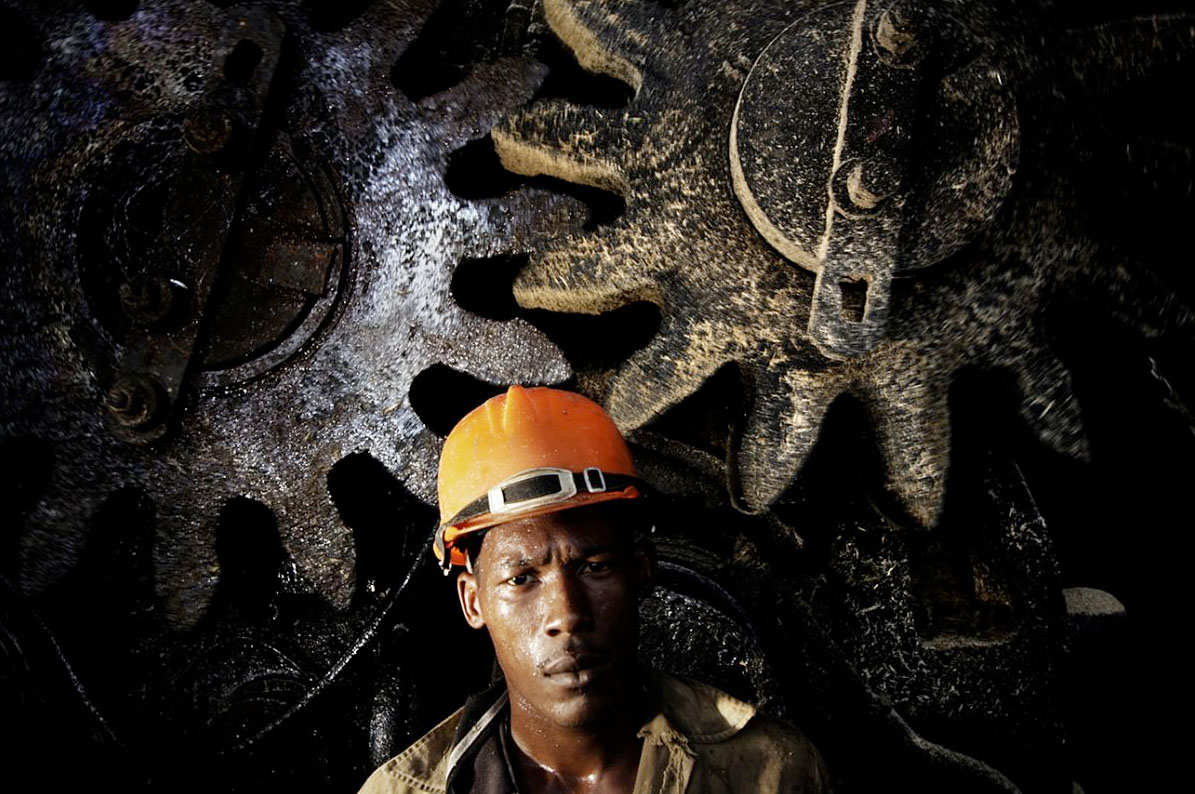
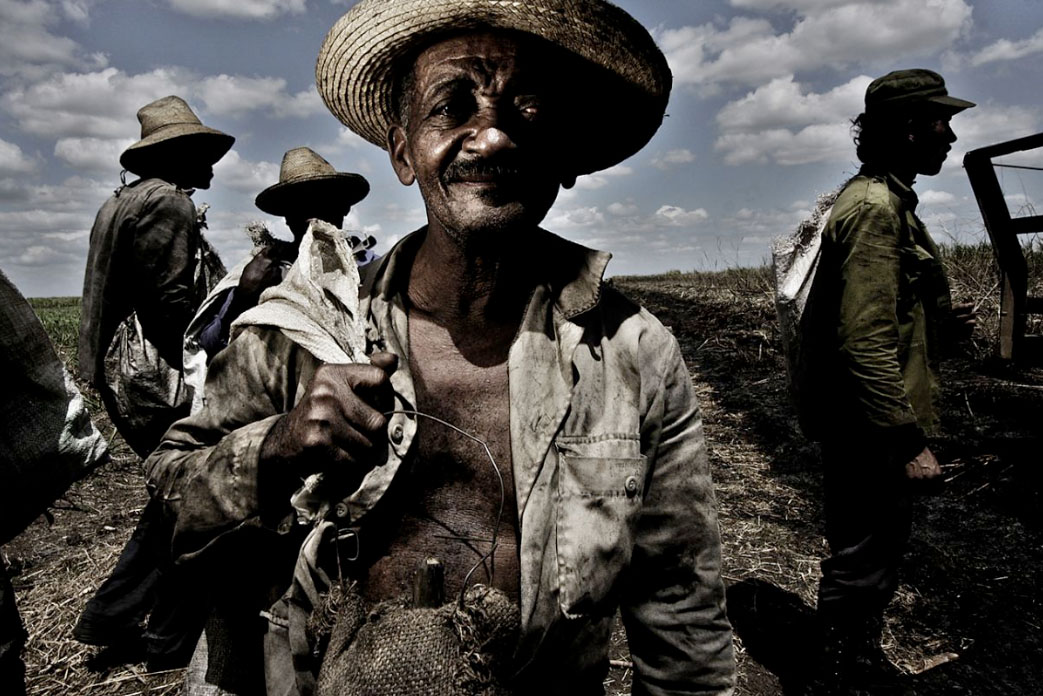
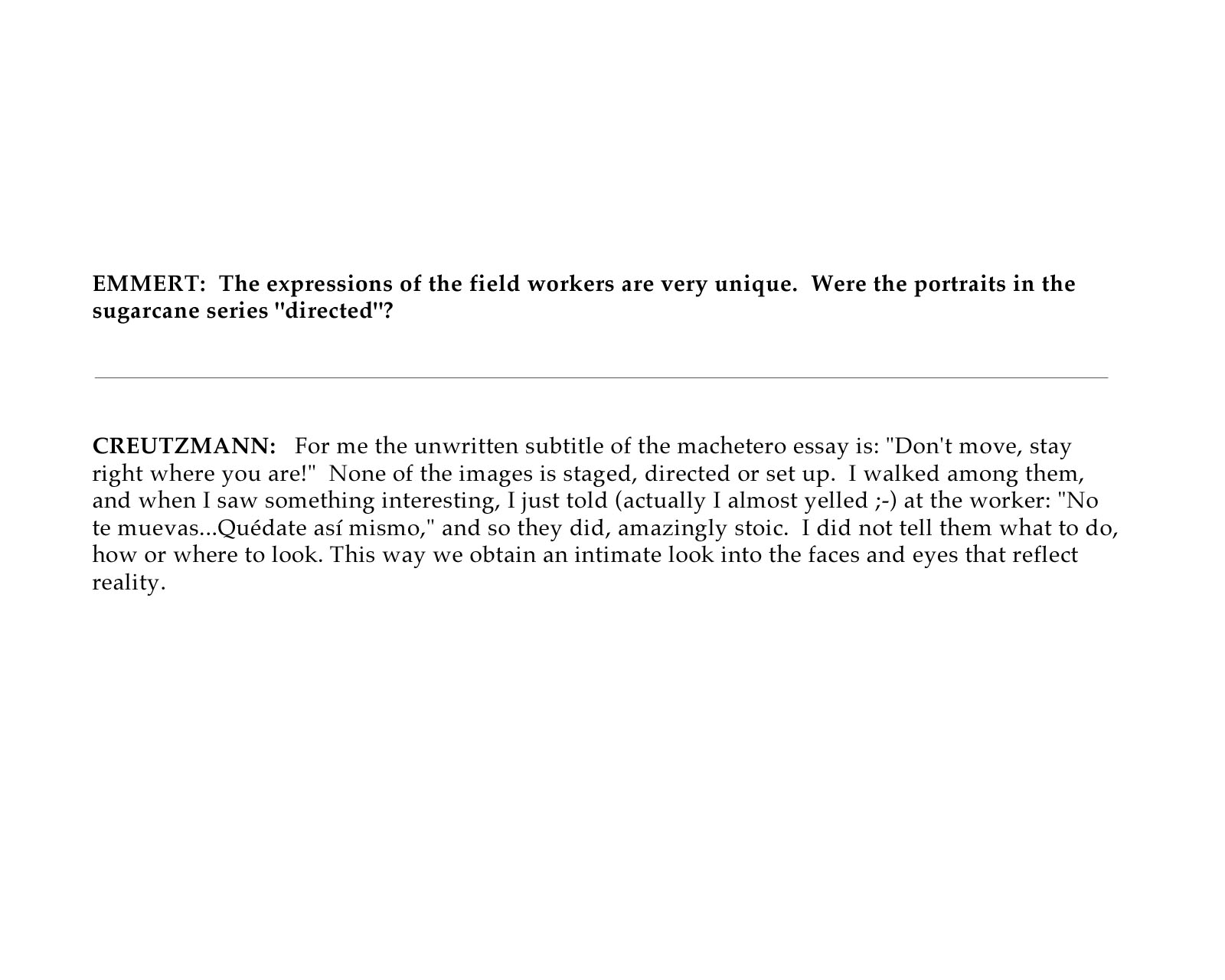
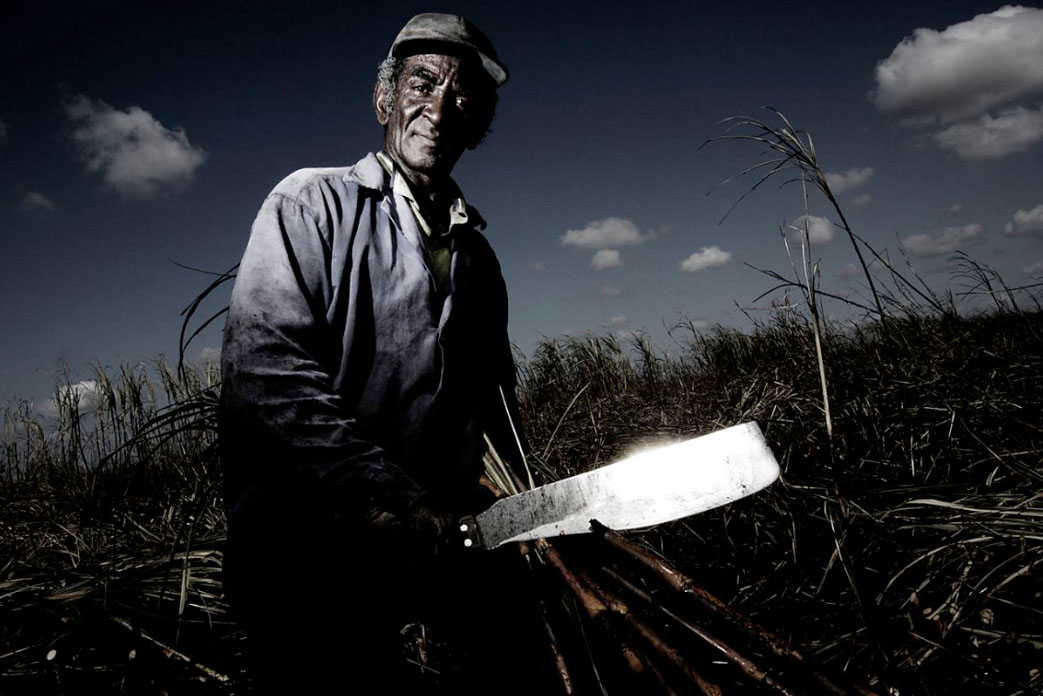
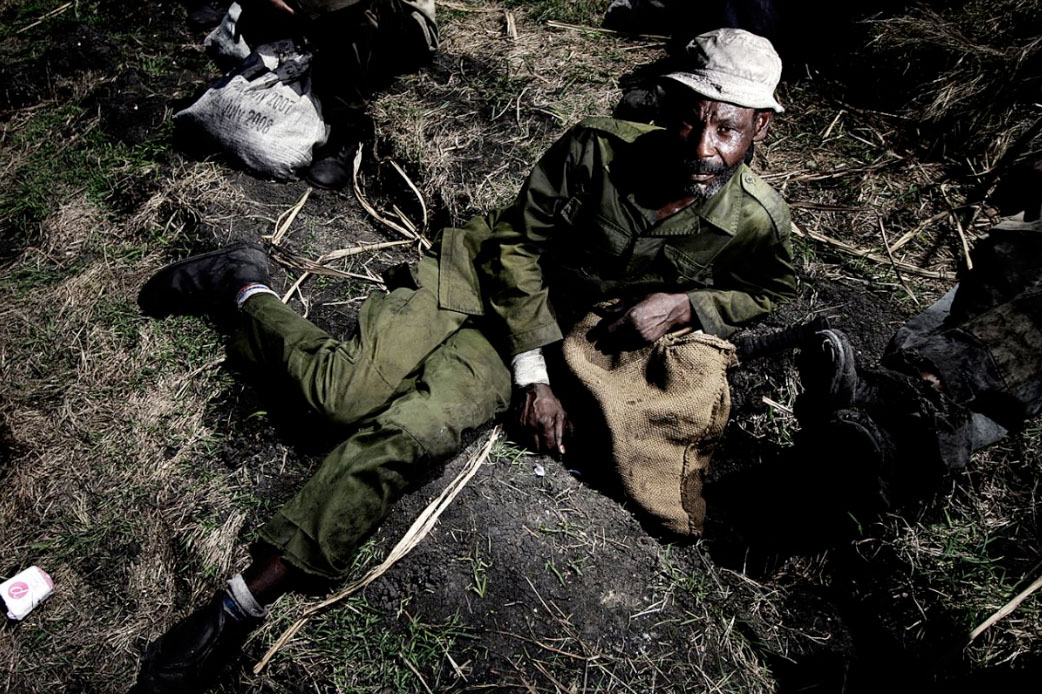

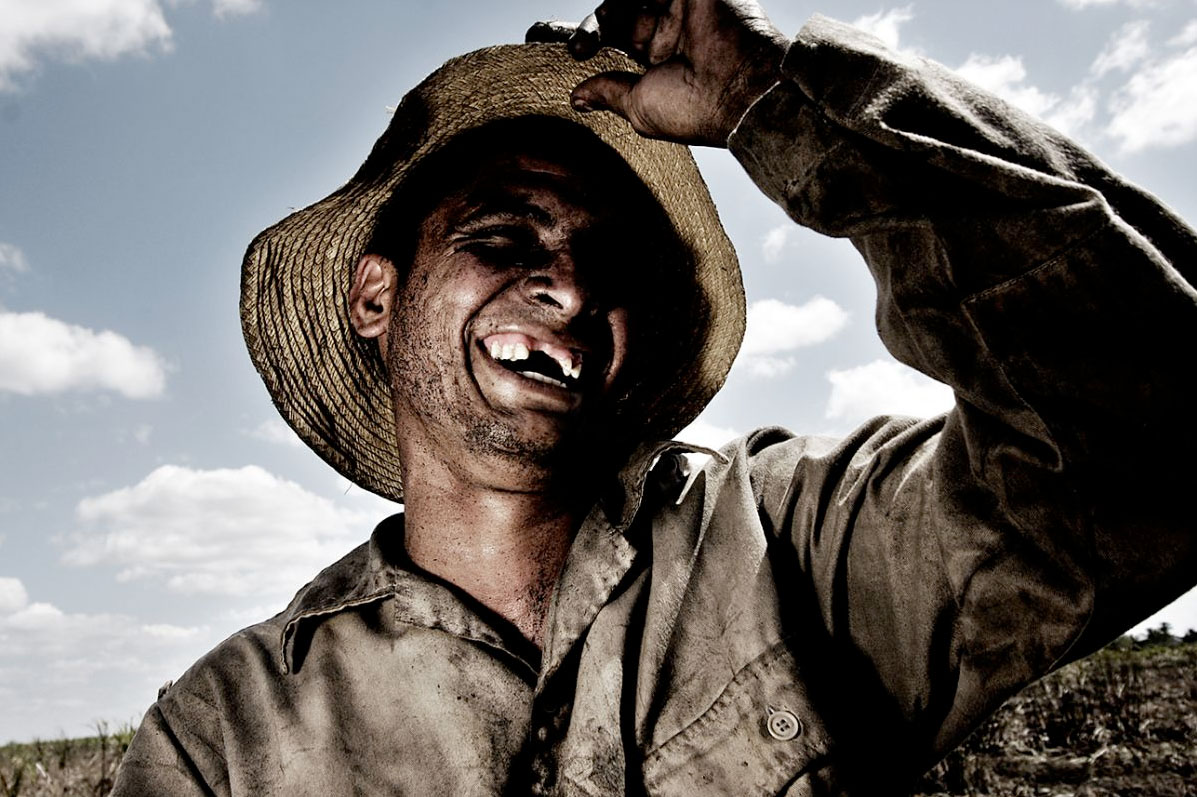
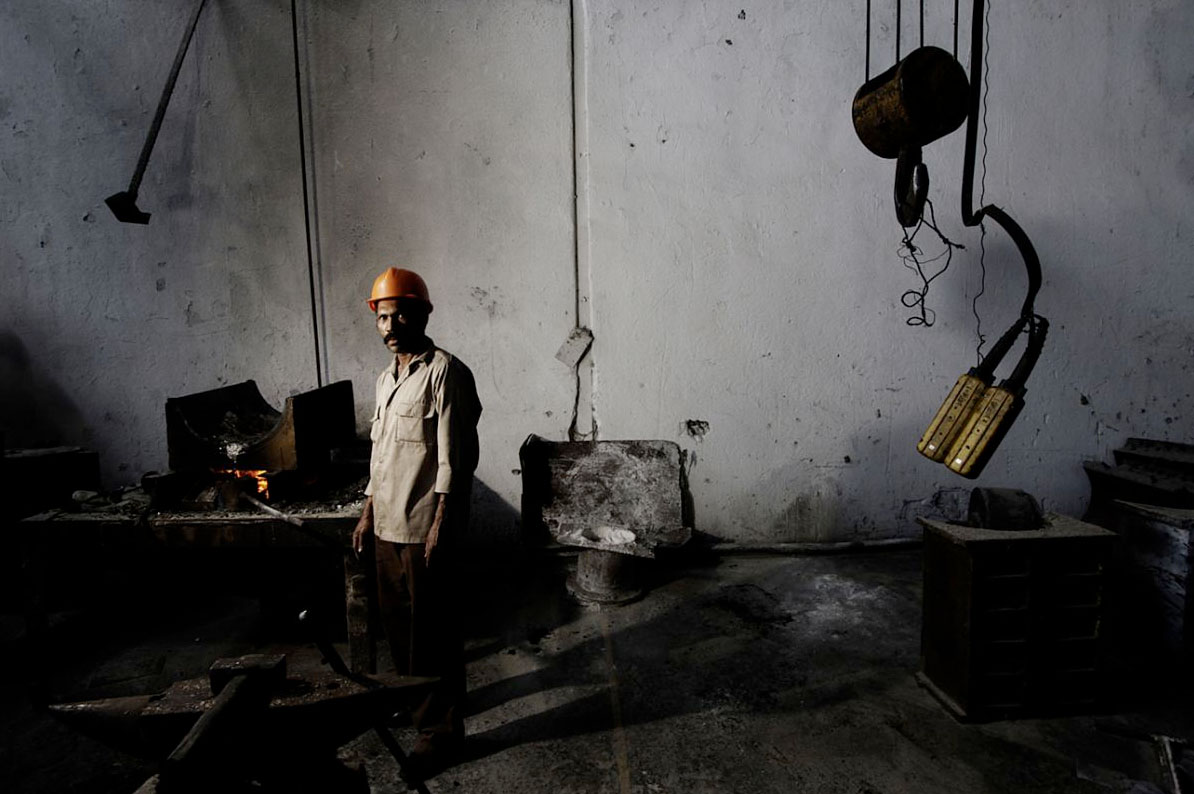

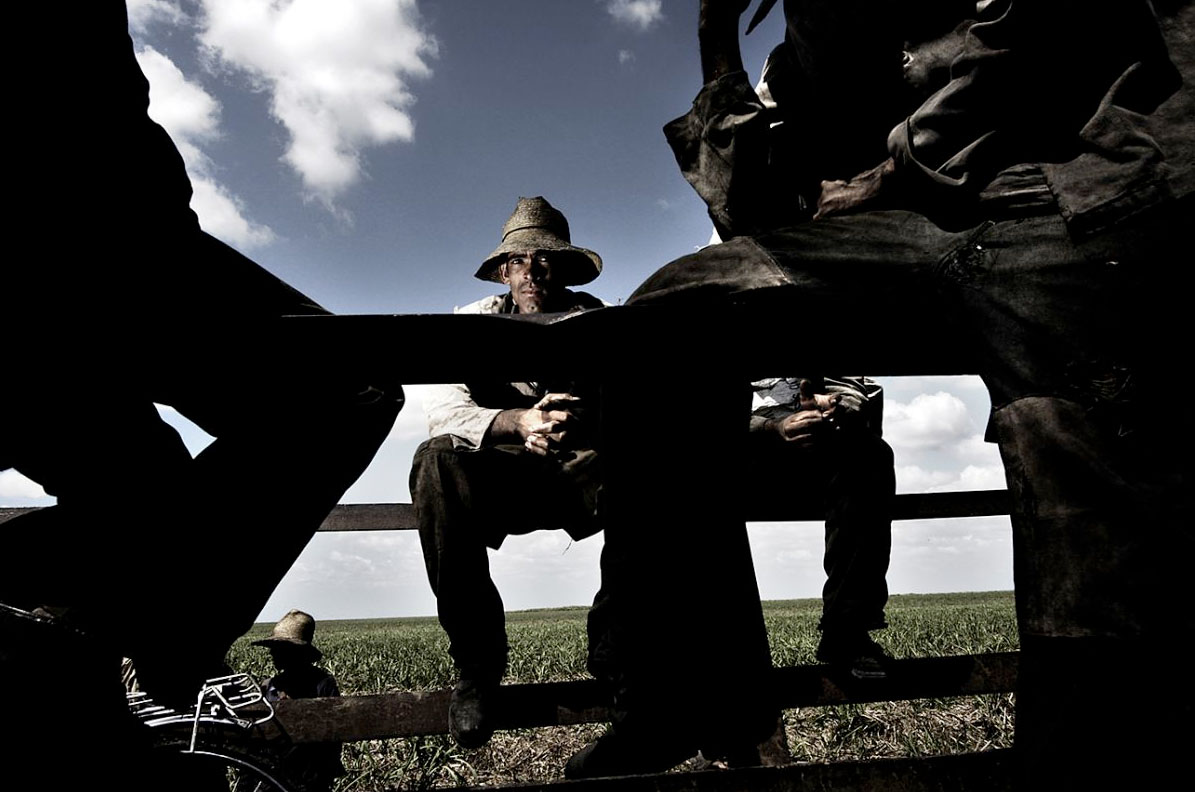
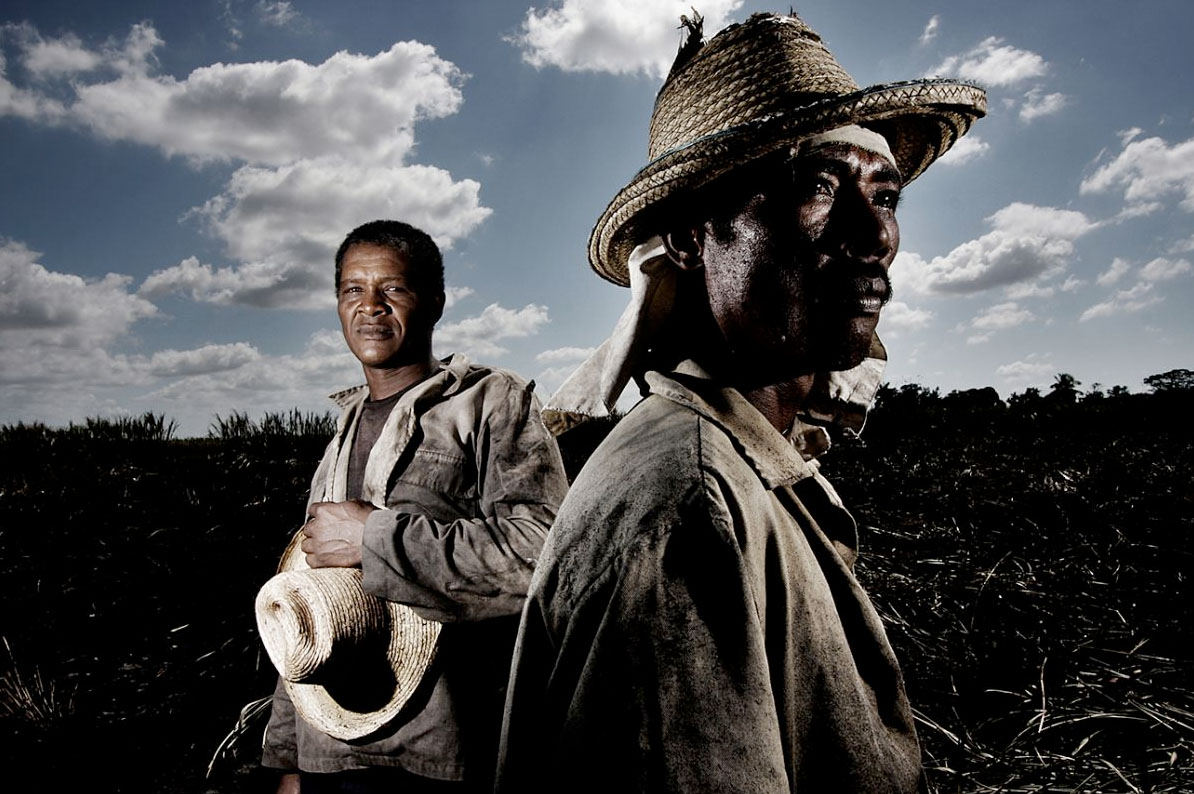

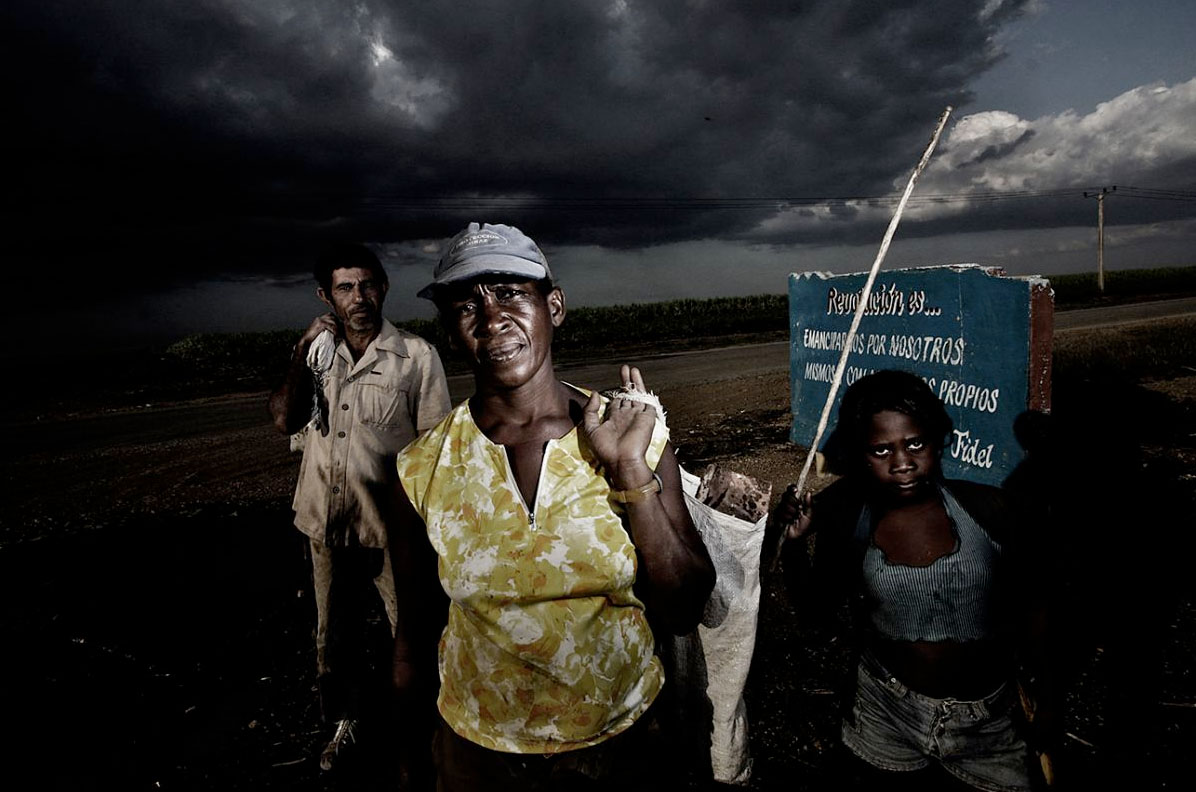
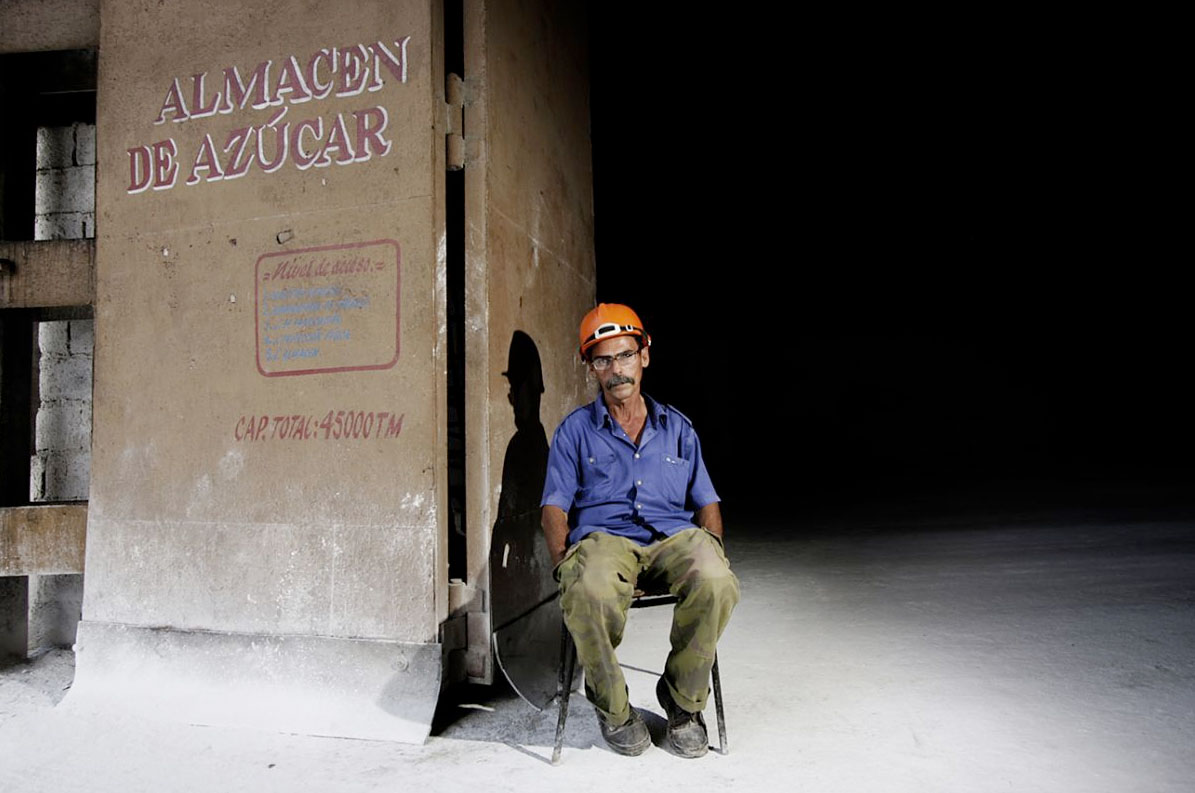
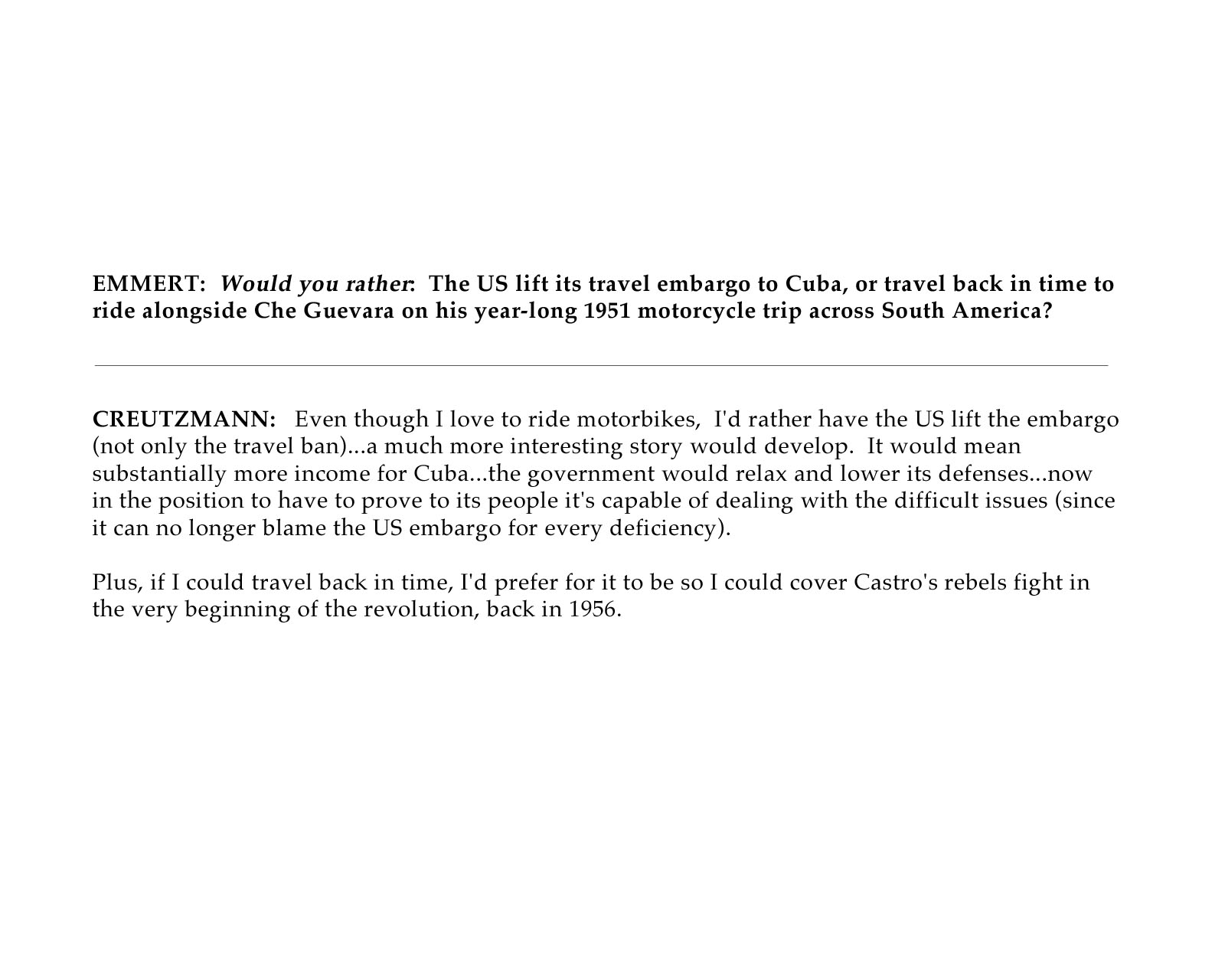
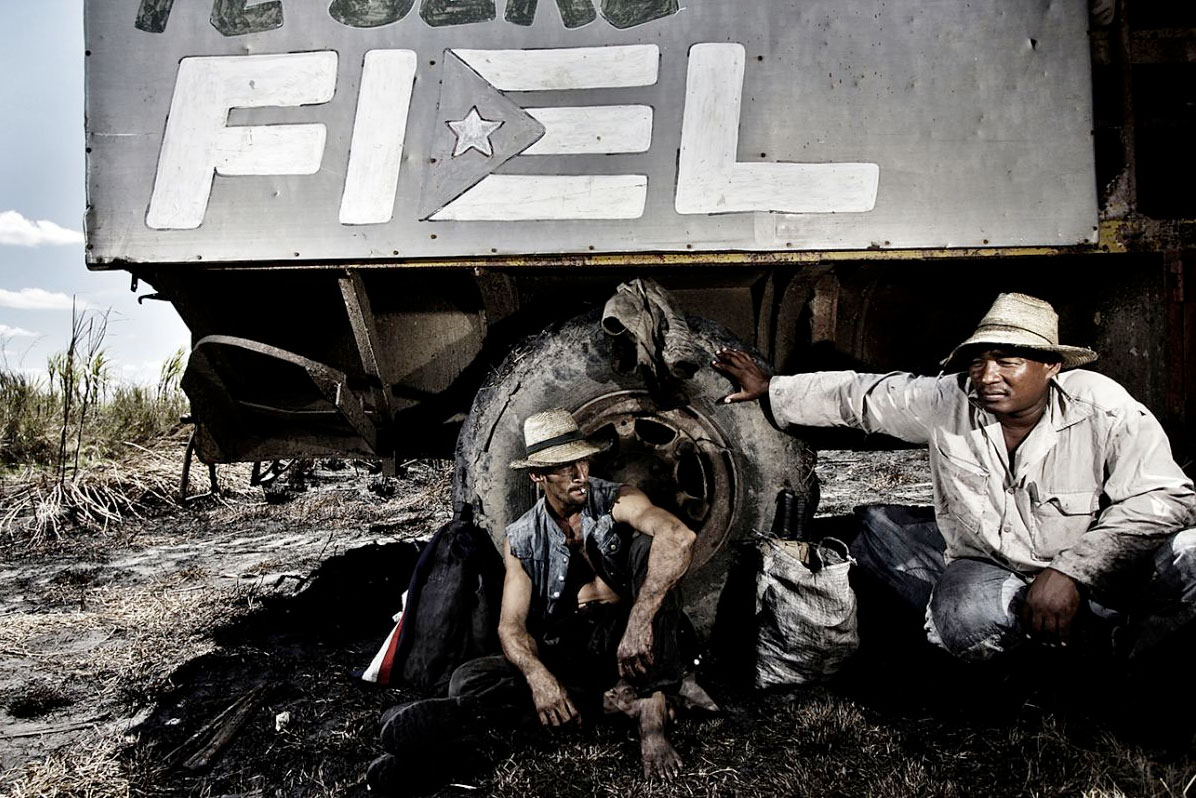
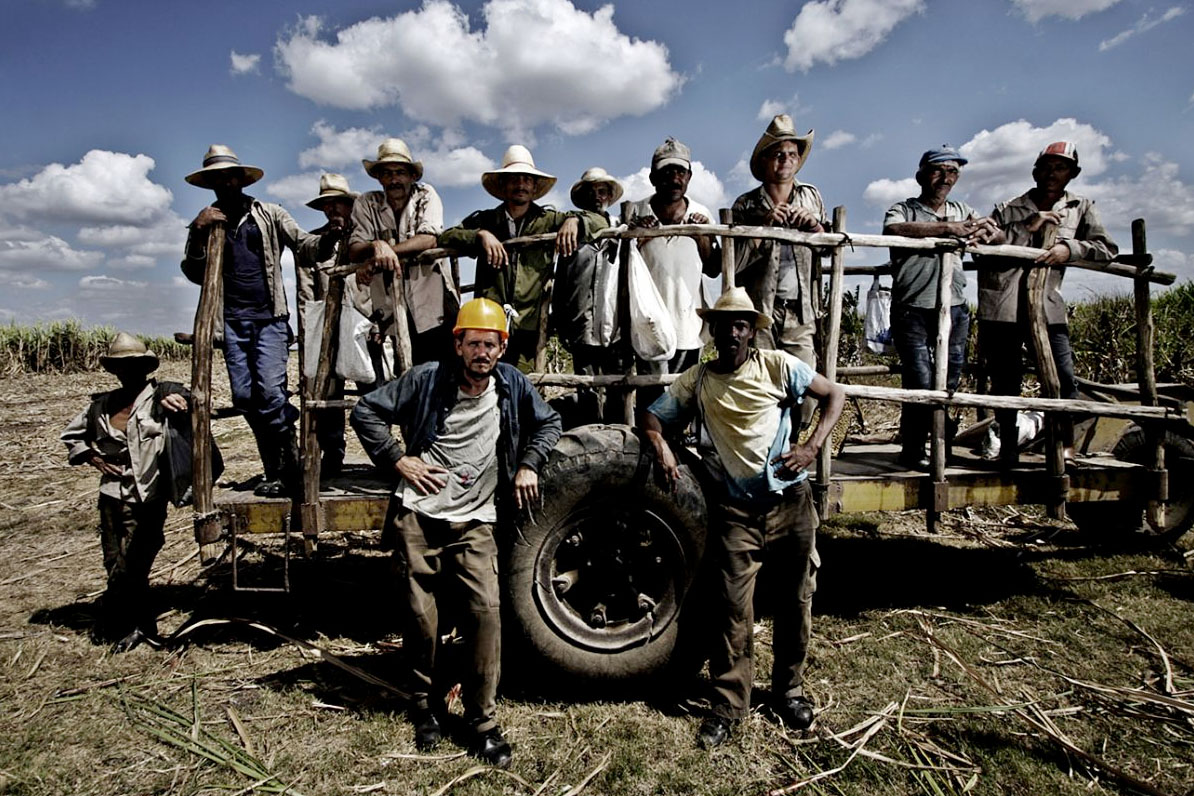
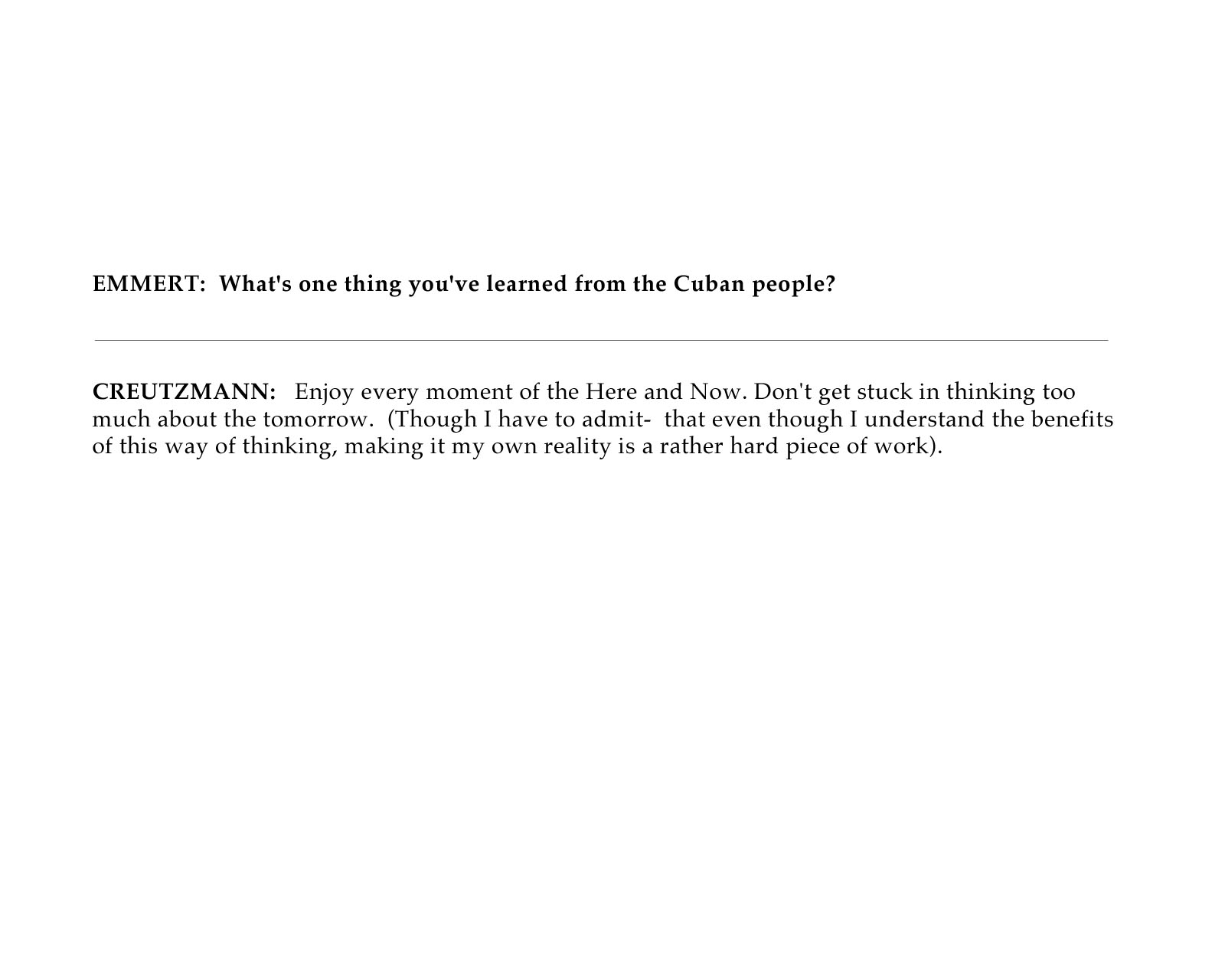


















Like no other industry, sugar has defined Cuba’s history. When Columbus brought the sugarcane plant to the Caribbean, sugar was one of the most valuable commodities in Europe, imported for a fortune from the Orient and weighed out by the tablespoon.
Within a century, sugarcane plantations had spread across Cuba and boatloads of black slaves were transported from Africa to work them. The number of slaves leapt from 40,000 in 1774 to 479,000 in 1840 when they made up half the population. Their work was incredibly hard, from four in the morning to midnight: 16 hours cutting the cane under the merciless Caribbean sun followed by 4 hours in the fervency of the factory ovens.
Despite the fact that Cuba is employing some modern harvest machines in the annual “zafra”, sugarcane harvest, there is still a need for the legendary “Machetero,” the sugarcane cutter. Considered to be one of the toughest manual labours in the world, the machetero´s work is vital for the sugarcane harvest, for only man can cut the cane on uneven ground.
Every year between December and June, thousands of sugarcane cutters are working under the same merciless sun as their ancestors centuries ago.
This photo essay is meant to give a face to some of these men that usually are never seen.
The pictures were taken in the Cuba’s eastern province of Camagüey.